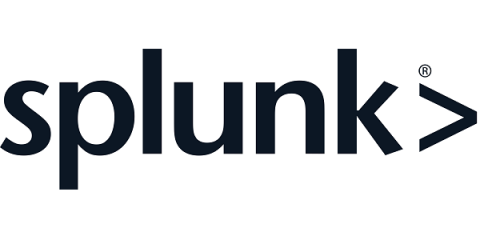Detecting CVE-2020-0601 Exploitation Attempts With Wire & Log Data
Editor’s note: CVE-2020-0601, unsurprisingly, has created a great deal of interest and concern. There is so much going on that we could not adequately provide a full accounting in a single blog post! This post focuses on detection of the vulnerability based on network logs, specifically Zeek as well as Endpoint. If you are collecting vulnerability scan data and need to keep an eye on your inventory of systems that are at risk, then check out Anthony Perez’s blog.



